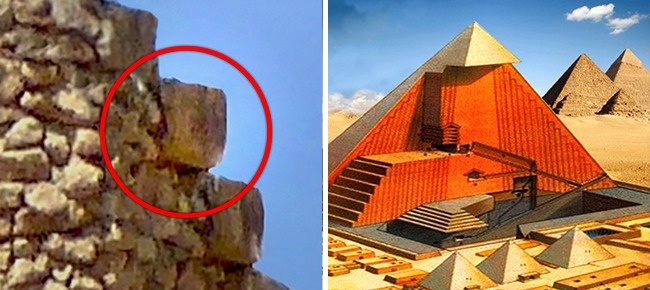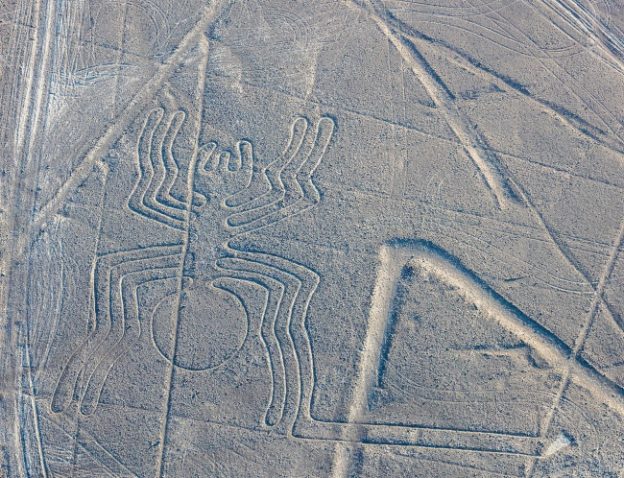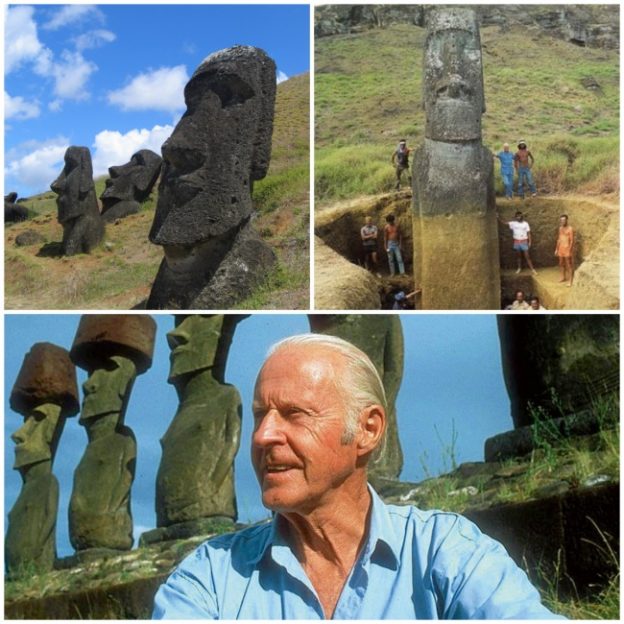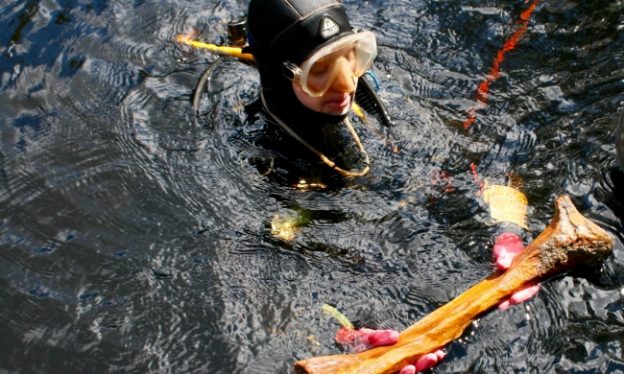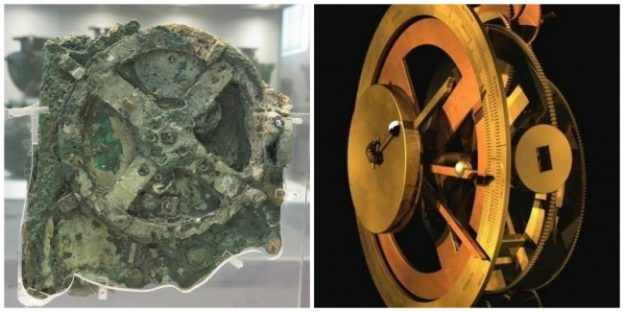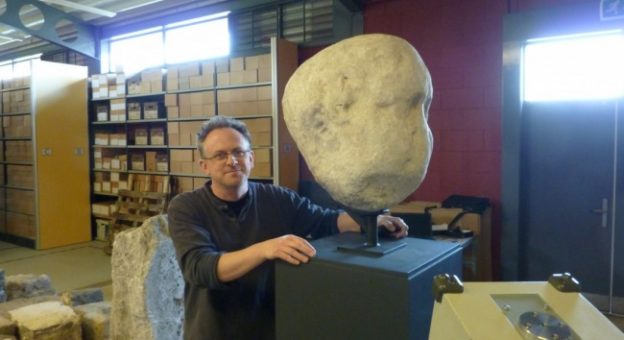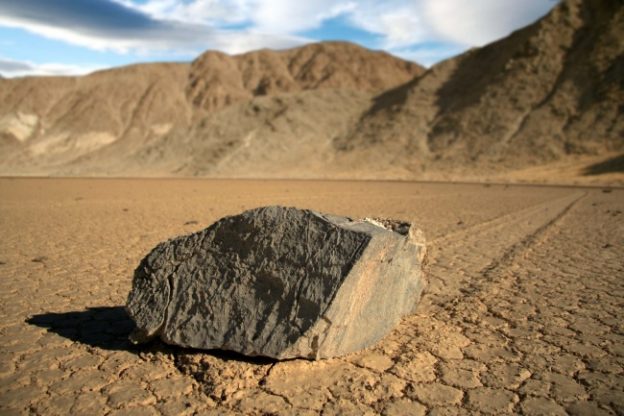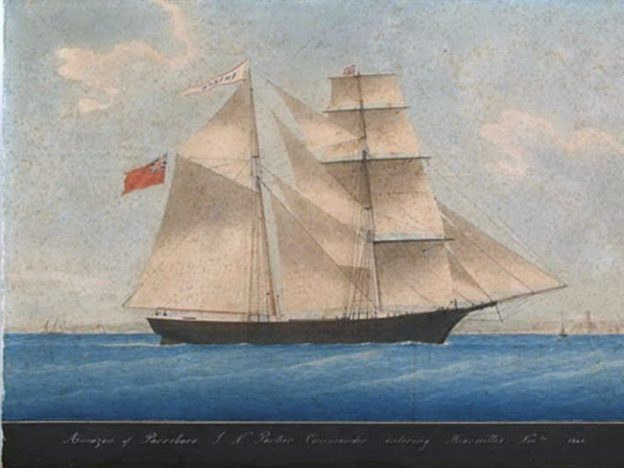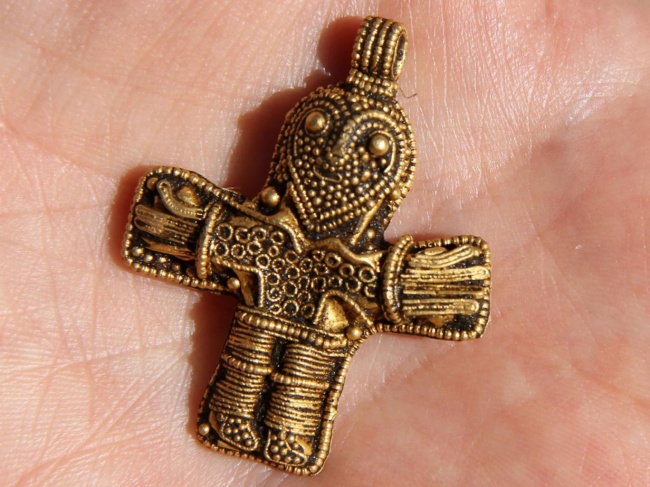The millennium of history left many mysteries that scientists have not been able to solve. However, some of them, thanks to the development of technology, could eventually unveil the mystery.
See below 12 ancient secrets that were revealed recently. At the end of the article you will see a bonus fact.
1. The vanished culture of the Nazca
Nazca tribe became known, because of the huge Nazca lines in the desert of Peru. There were theories of extraterrestrial origin, until scientists determined that people of the tribe used them as a way to communicate with the gods, moving over the lines. The destruction of their culture was a mystery until recently, when researchers from the University of Cambridge have shown that wiped out due to a drought caused by deforestation.
2. The underground secret heads in the Easter Islands
We must thank Thor Heyerdahl who managed to unveil the secret behind the big heads in Easter Islands. He launched an expedition to explore the island. Also, he was the first who made excavations in the area and discovered that the famous Moai were heads and bodies, which were up to 10 meters in height. However, the greatest discovery was the experiment, which demonstrated that the statues could have been created with tools, who believed that was popular at the time.
3. The cemetery of whales in Chil
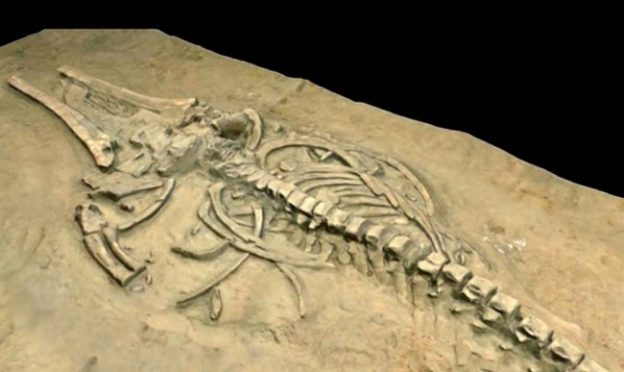
A huge cemetery of whales found in the middle of the Atacama desert in Chile. Scientists could not understand what could cause a mass suicide of whales until it is established that relics belonged to different historical periods, the first of which was approximately 20,000 years ago. The whale’s death was due to the growth of toxic algae.
4. Mysterious notes in a copy of the Odyssey.
A 500 year old copy of the Odyssey of Homer had some bizarre handwritten notes in an unknown language. The Italians Daniele Metilli and Giula Accetta, concluded that the notes were a peculiar type of shorthand invented by Jean Coulon de Thévénot. This discovery was only possible with the latest technological advances: eventually it was simply a translation from Greek into French.
5. The black sinkhole in Florida
Archaeologists knew about this sinkhole on the river Aucilla of Florida for many years. No one had ever explored the area, until Professor Jessi Halligan from the University of Florida decided to do a survey. Her research had unexpected results: tusks with carvings made by human tools, found nearby. The discovery proves that people inhabited the area of Florida much earlier than believed, dating back approximately 14,500 years ago.
6. The first computer
Antikythera Mechanism has been described as the first computer in the world. Found in a sunken ship approximately 80-50 BC the wooden case was damaged and the metal parts were eroded. Only recently have scientists been able to discover its purpose: it was a navigation device. It is really amazing that they were able to crete such a sophisticated device in those years.
7. The lost army of Cambyses II
In 524 BC, the army of the Persian King Cambyses II moved against Ethiopia. Over 50,000 soldiers went to conquer the oases, but all of them disappeared without a trace, leaving behind only a myth. Just recently, scientists Angelo and Alfredo Castiglioni found the remains of the legendary army, proving that during the 13 years of hard work they did not disappeared, but died because of a large sandstorm.
8. Bosham Head
Even the most comprehensible findings can be identified with the help of modern technologies. For example, the Bosham Head did not have a name over two centuries because of its poor condition. A laser scanning revealed that the head was part of a large statue of the Roman Emperor Trajan. It is considered that this statue welcomed travelers in Chichester Harbour.
9. Stones that move in death Valley
There was no explanation for the floating rocks in death Valley, California, until Ralph Lorenz proved that a layer of ice formed around the stones during winter. When it thaws, the stones are starting to slip because of the winds.
10. The vanished tomb of Richard III
The tomb of Richard III were considered to be demolished and the corpse was thrown into the River, when the monastery where he was buried was purchased by a businessman. Scientists from the University of Leicester hoped to find the tomb and finally succeeded. Their work was crowned with success thanks to DNA examination, which showed that the remains had belonged to Richard III.
11. The lost crew of the Marie Celeste
Marie Celeste was a famous Ghost ship, that was found in 1872 without a trace of crew or disasters. The chemist Andrea Sella conducted an experiment, in which he explained the phenomenon. There were about 1,700 barrels of alcohol in the ship’s cargo, which could catch fire and cause an “invisible explosion”, in which the fire followed by a wave of cold air, resulting in not leaving any trace. The crew may have left the ship and was lost at sea.
12. The helicopter of ancient Egypt
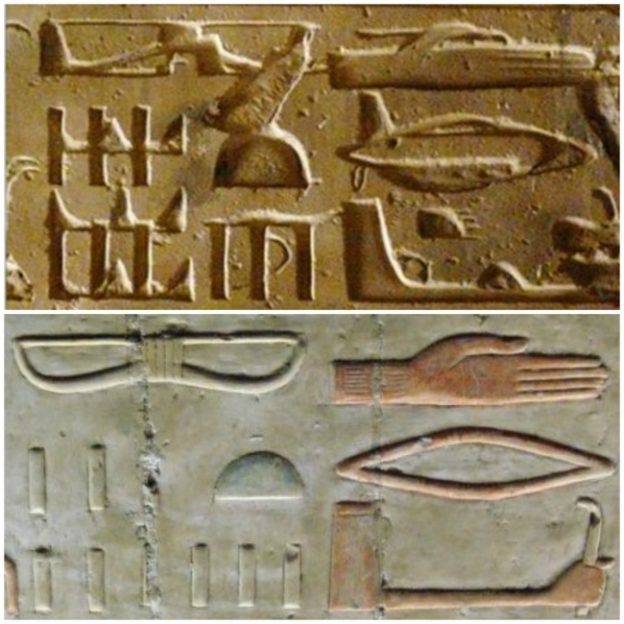 Hieroglyphics of Abydos in the Temple of Osiris, caused a great debate due to supposed symbols of a helicopter, a tank and a Jet. There were many theories, but eventually scientists could restore the original glyphs and to prove that they were worn down by time.
Hieroglyphics of Abydos in the Temple of Osiris, caused a great debate due to supposed symbols of a helicopter, a tank and a Jet. There were many theories, but eventually scientists could restore the original glyphs and to prove that they were worn down by time.
Bonus: Denmark may have embraced Christianity much sooner than we thought
A surprising finding of the amateur archaeologist Dennis Fabricius Holm, proved one of the most important historical events of Denmark. In 2016, while investigating the Funen island with a metal detector, he stumbled on a gold pendant depicting Jesus Christ on the cross. This is the oldest symbol of Christianity in Denmark. Now, it is exposed in the Museum of Viking in the Ladby of Denmark.

